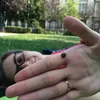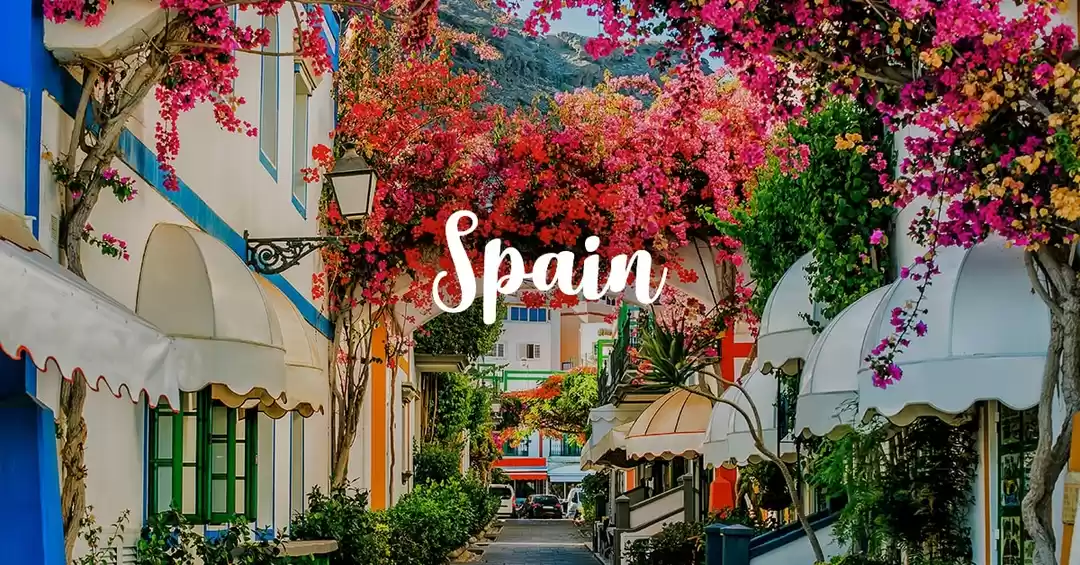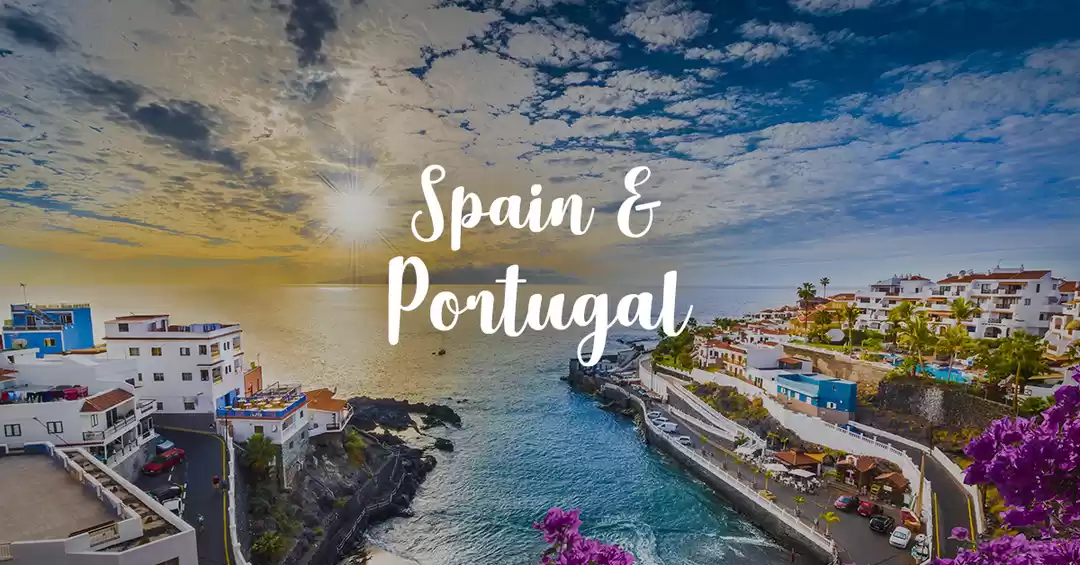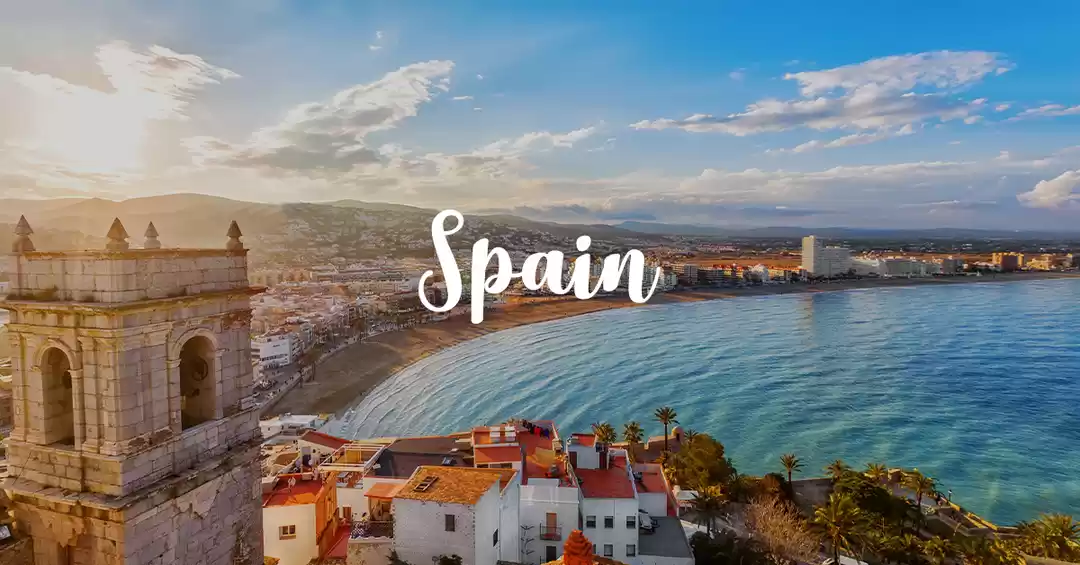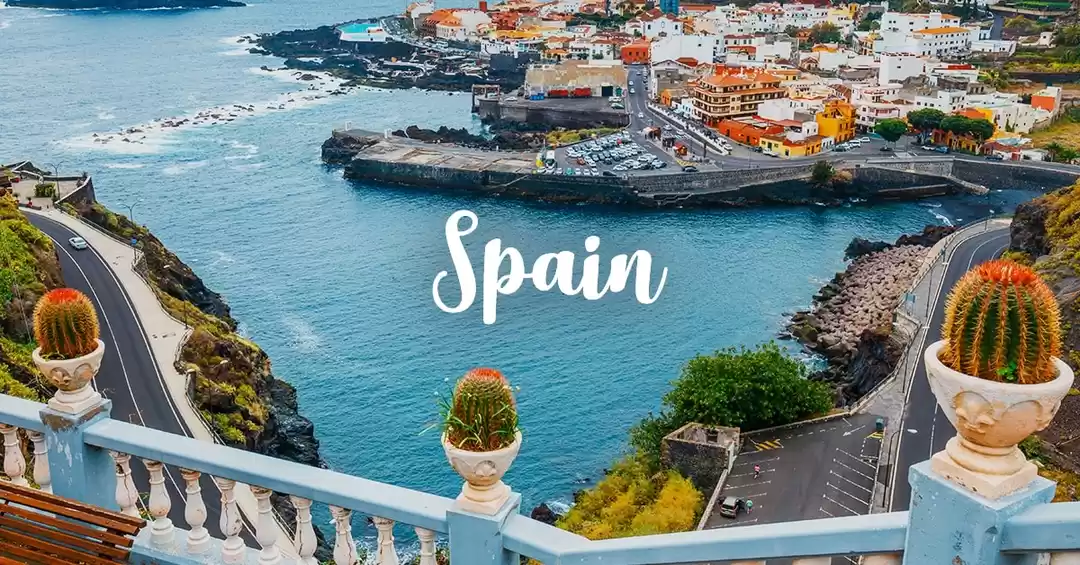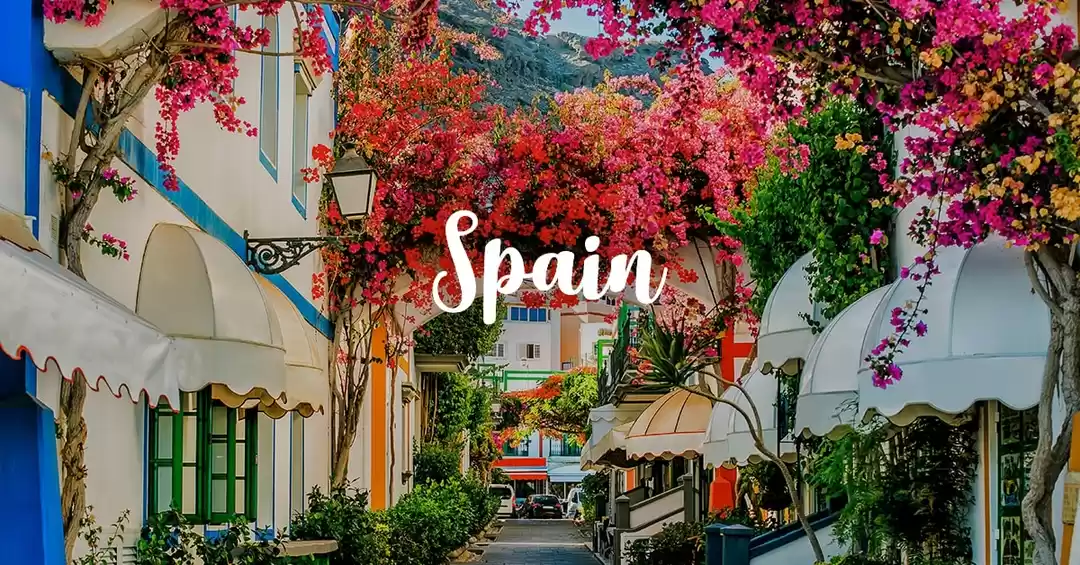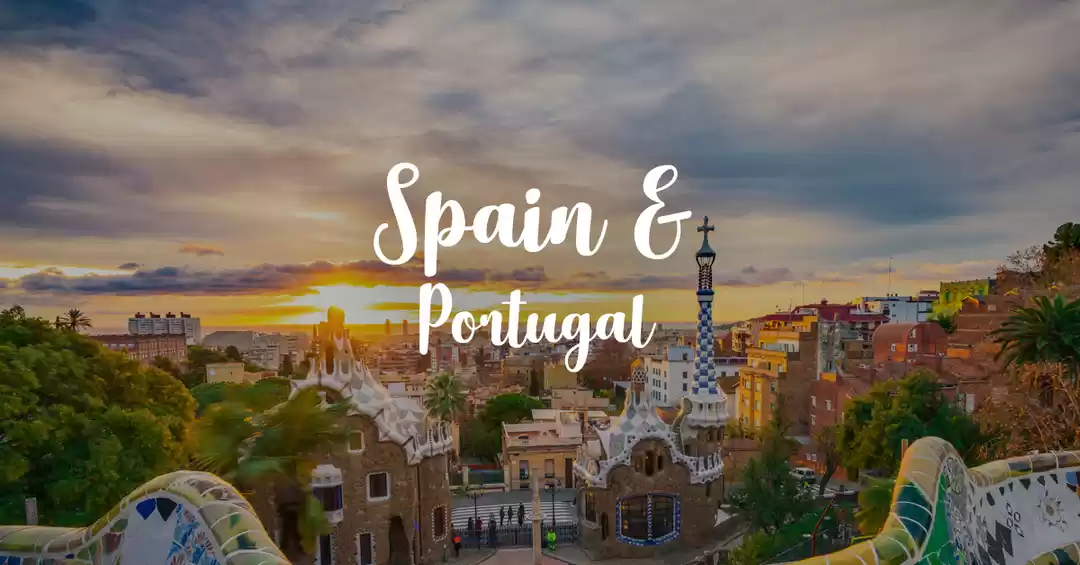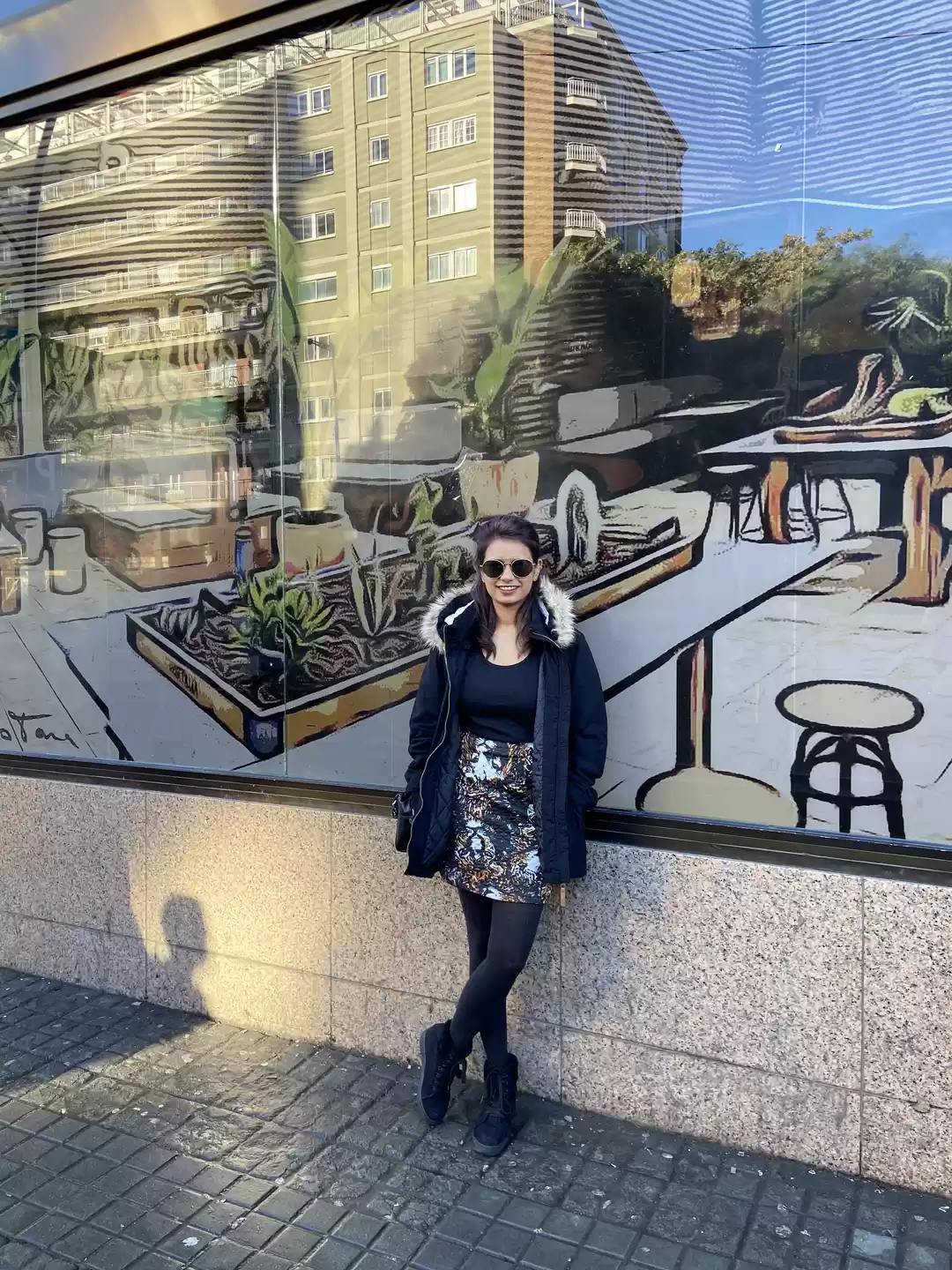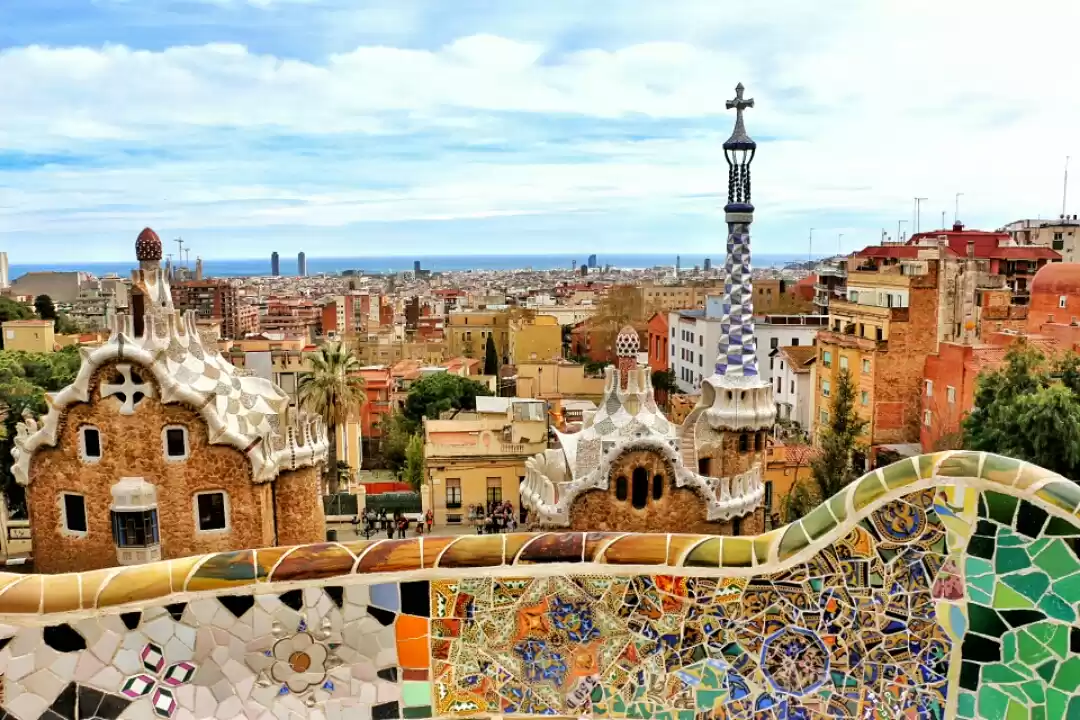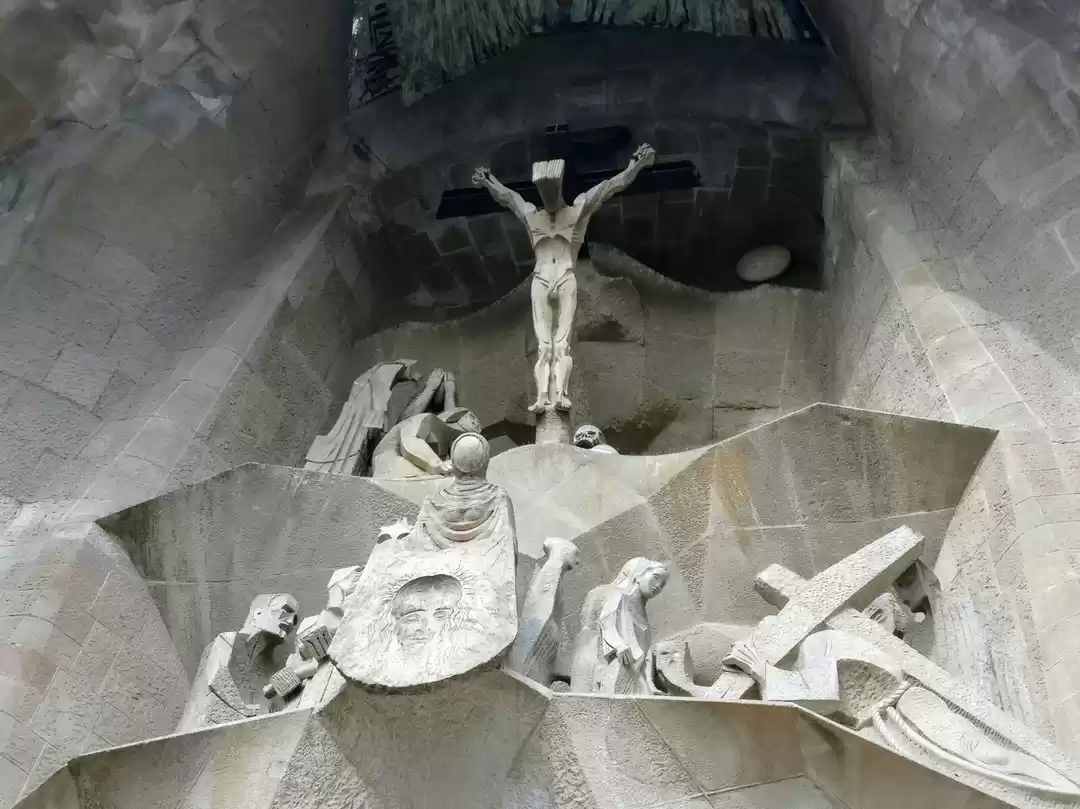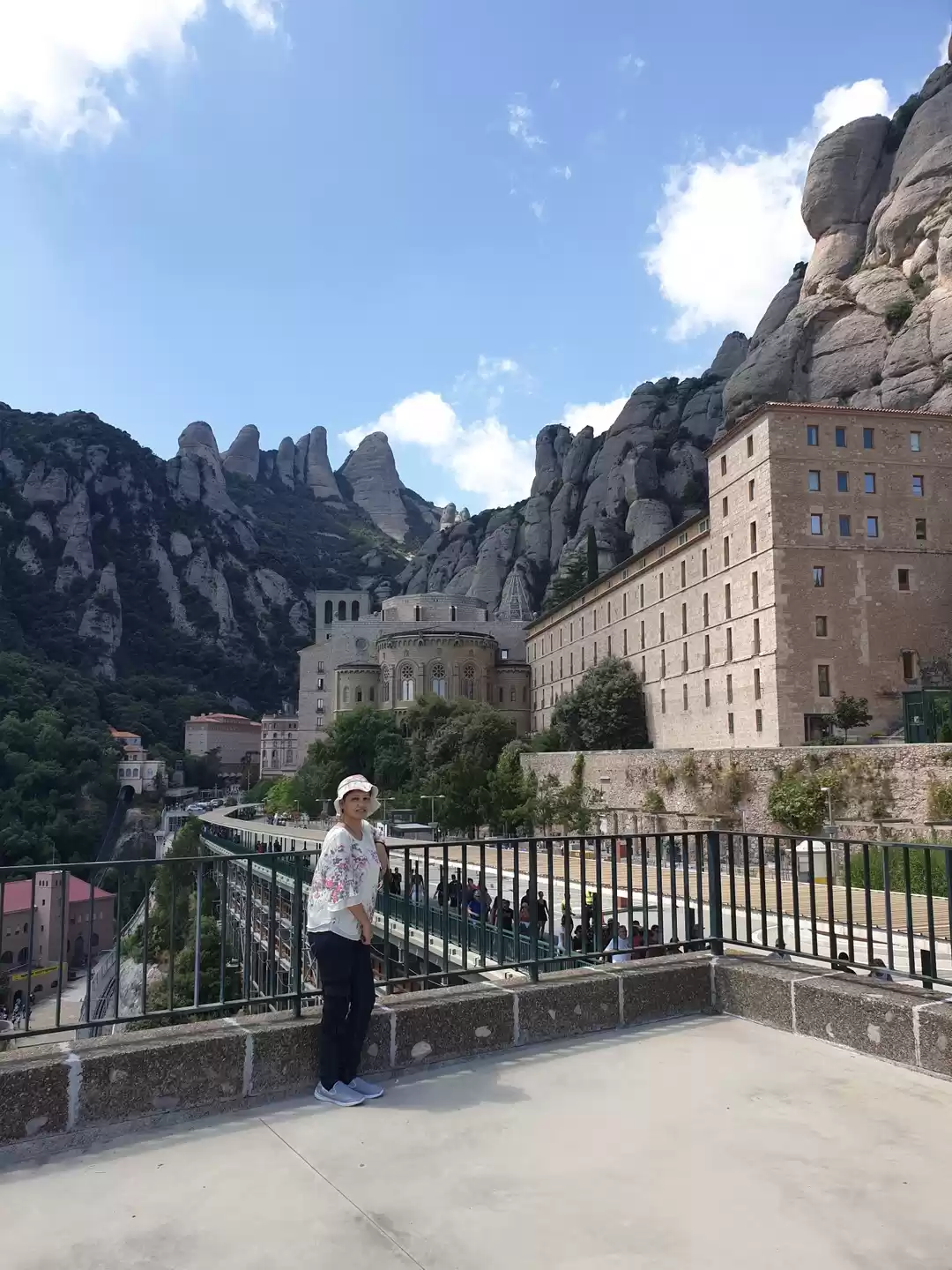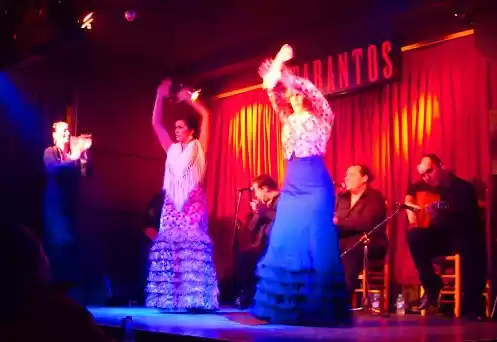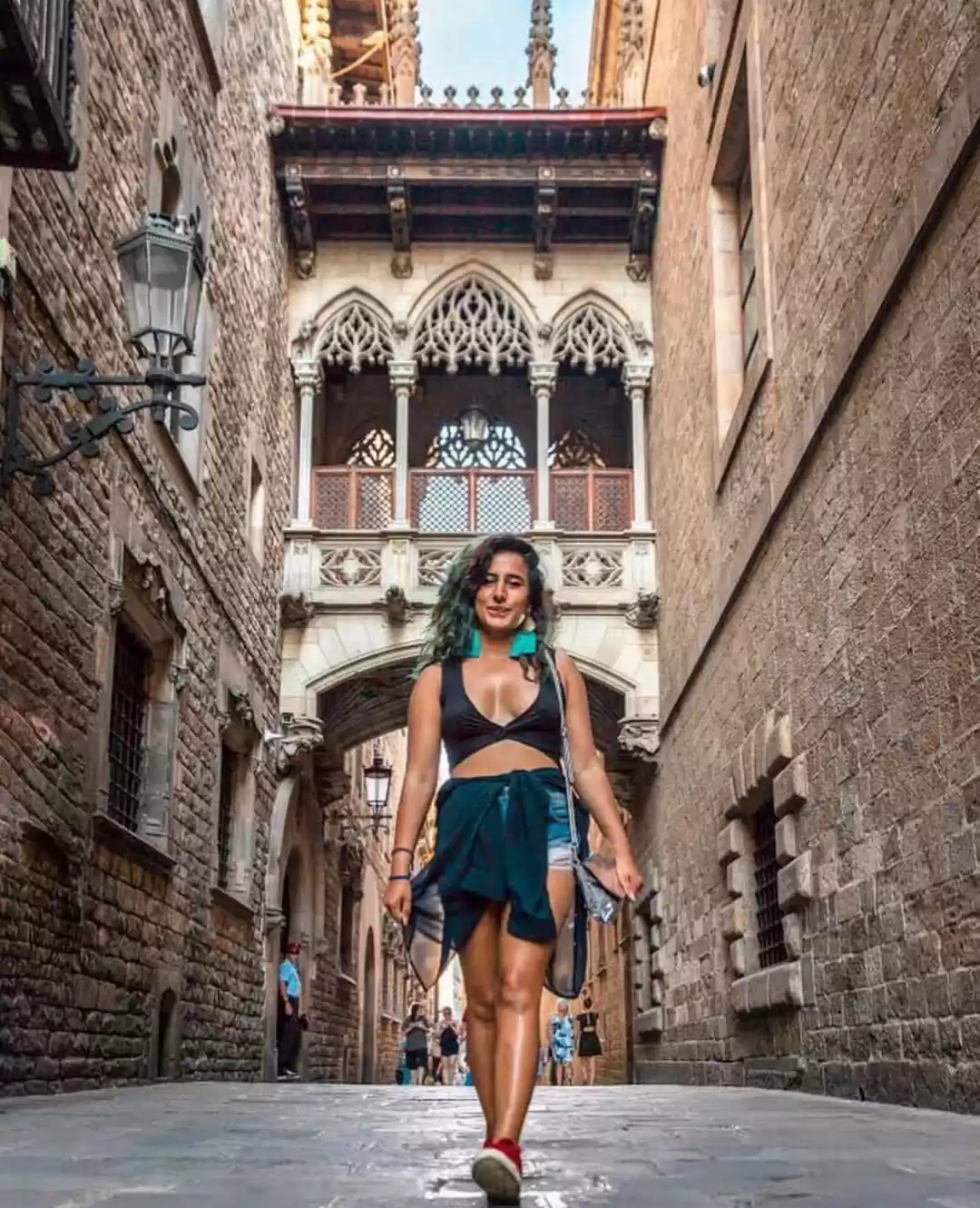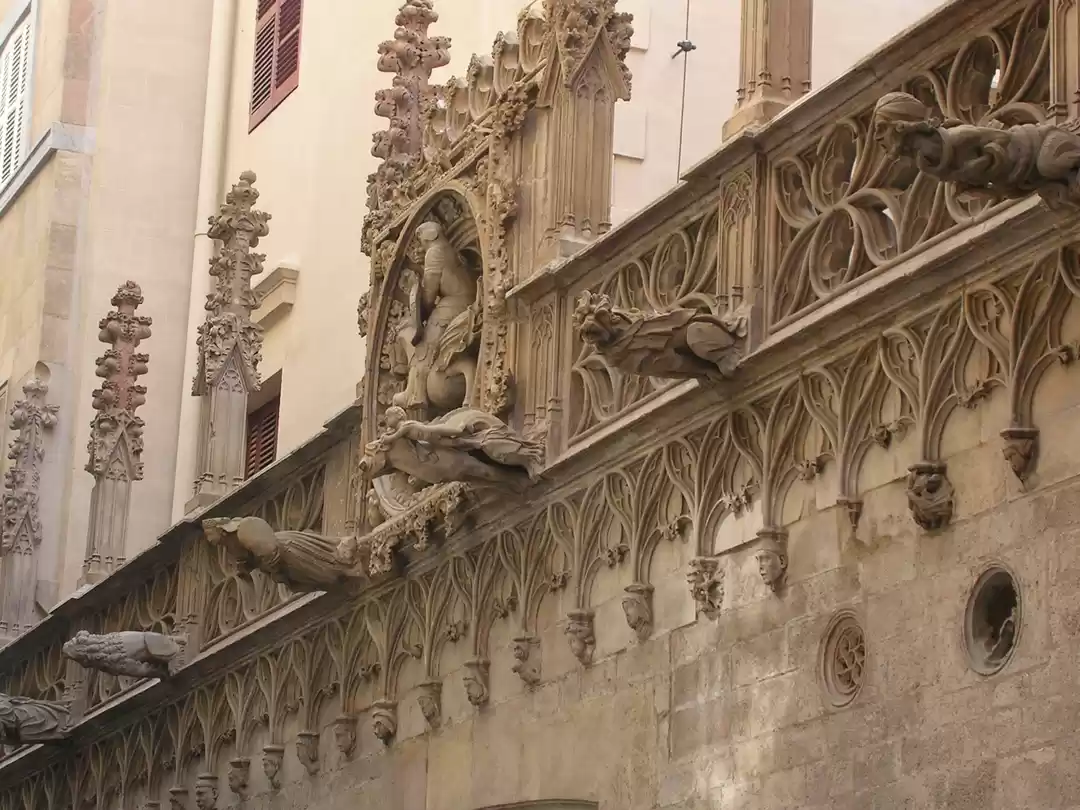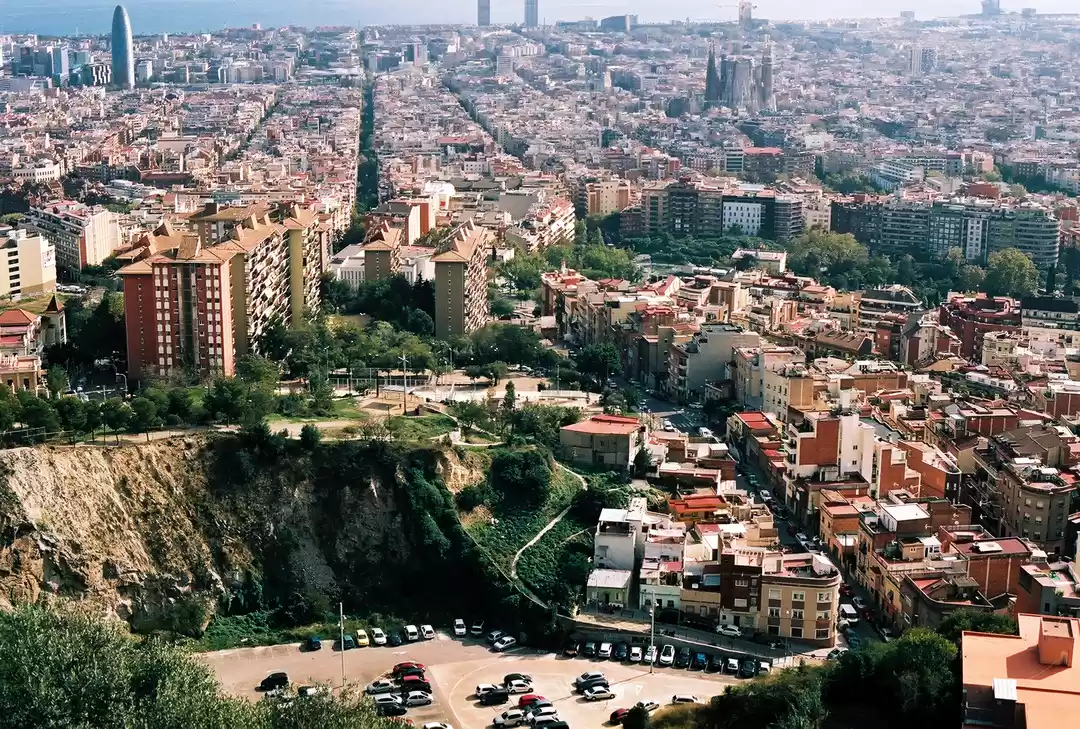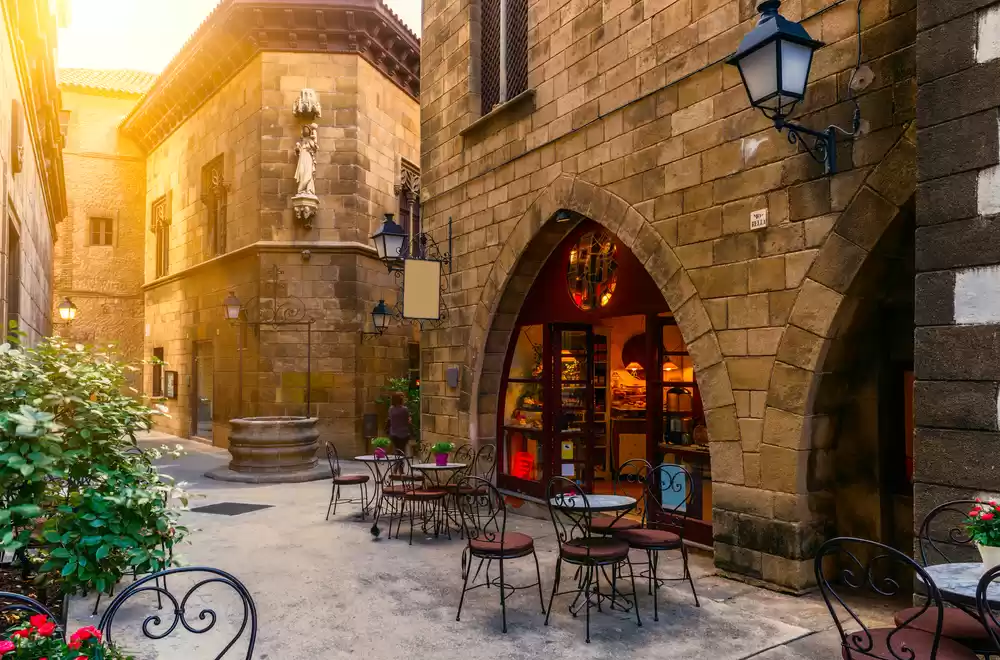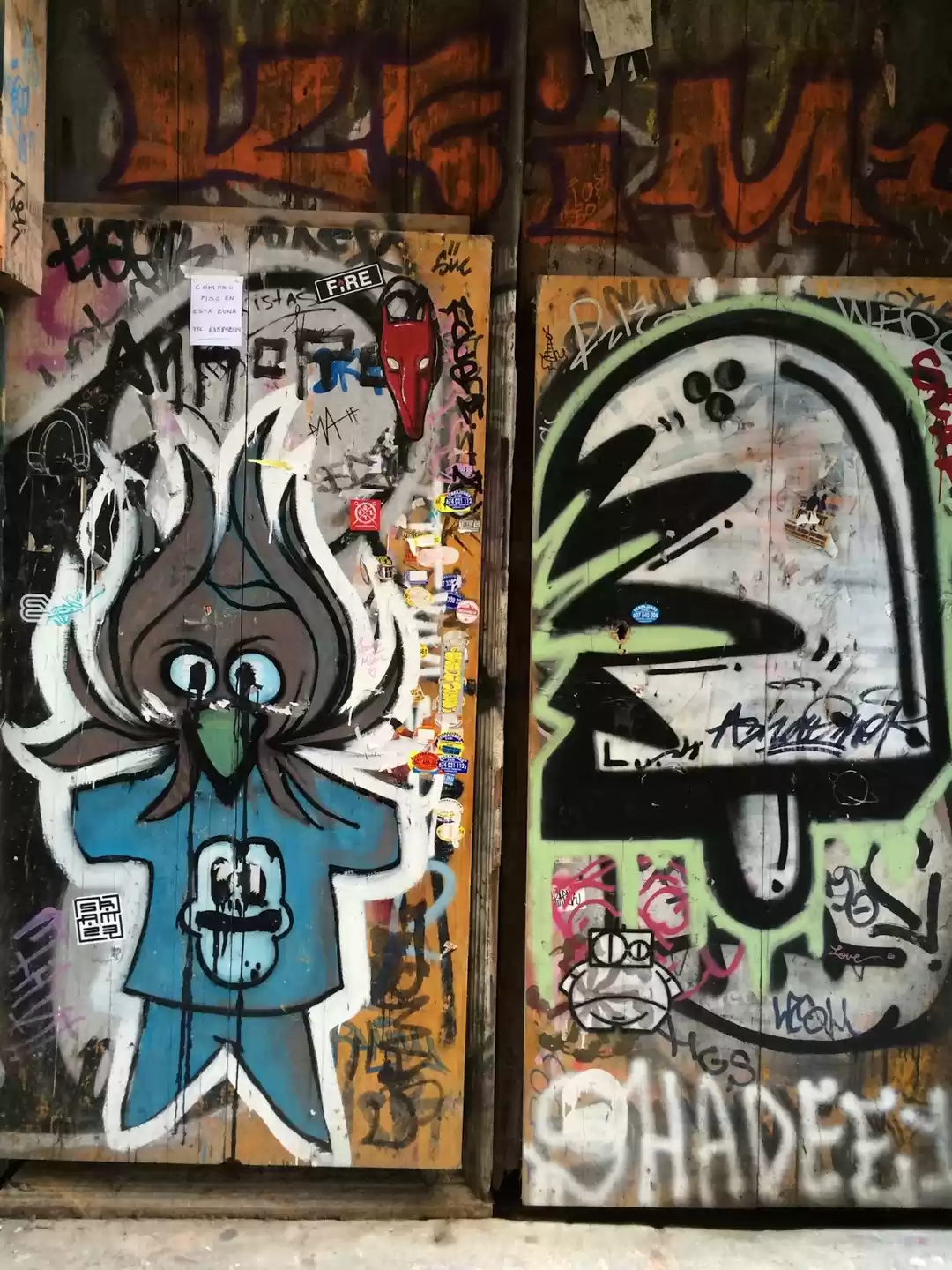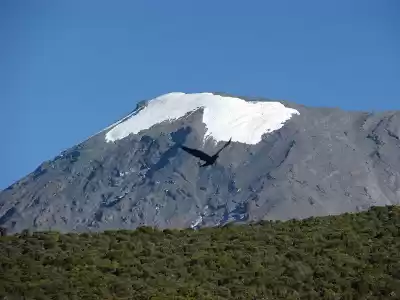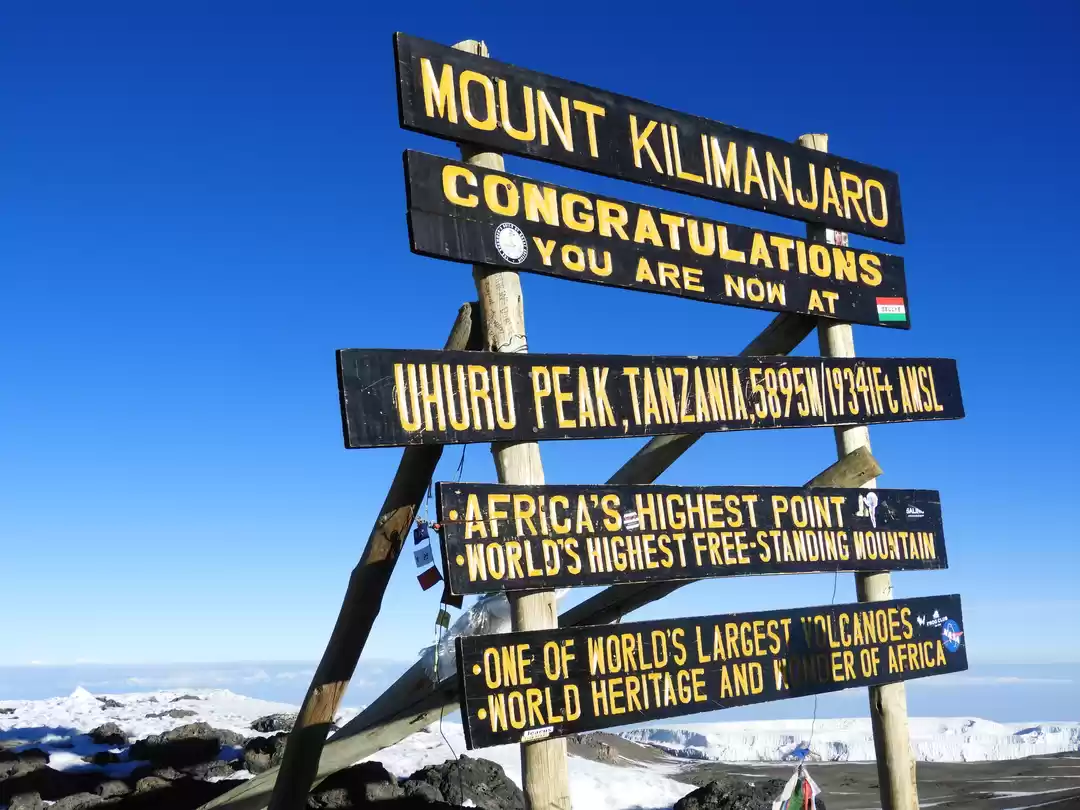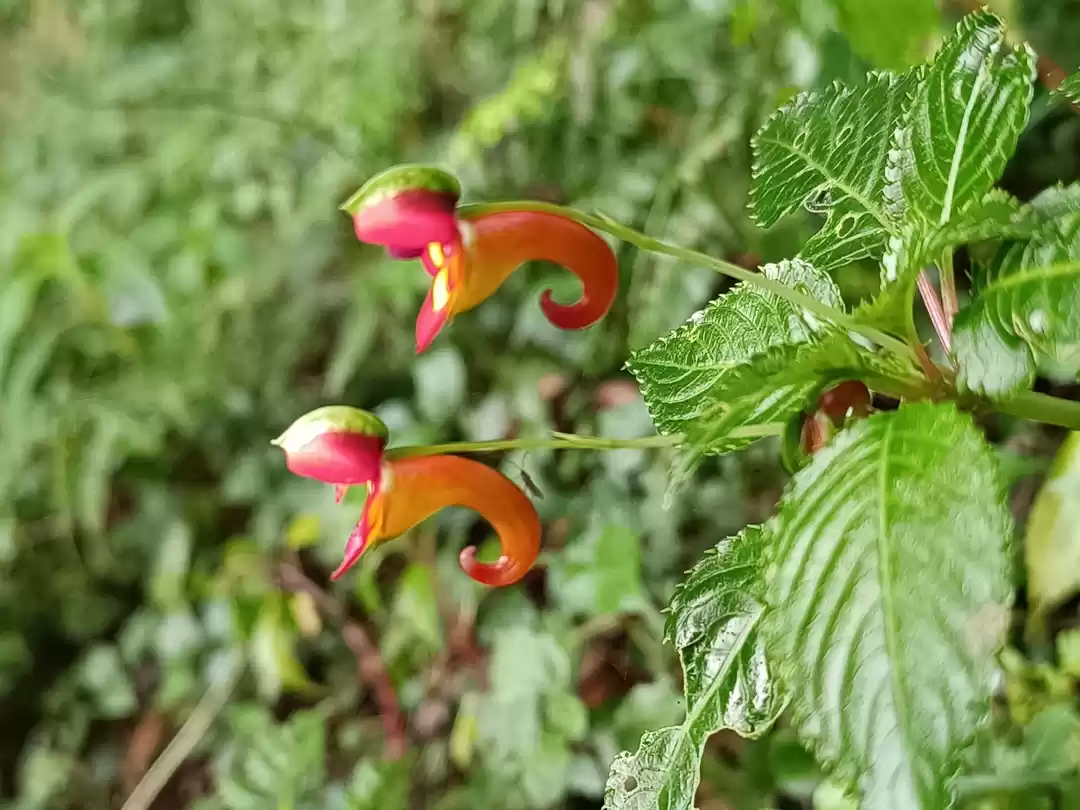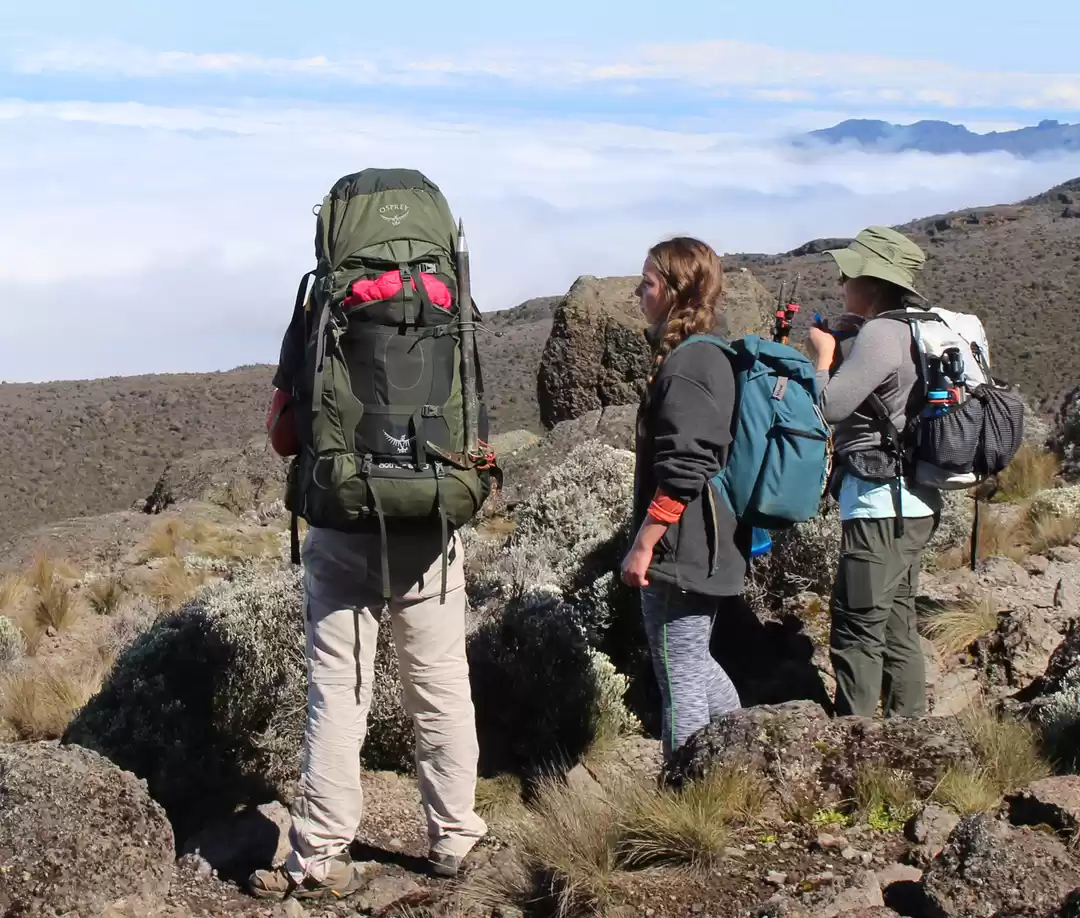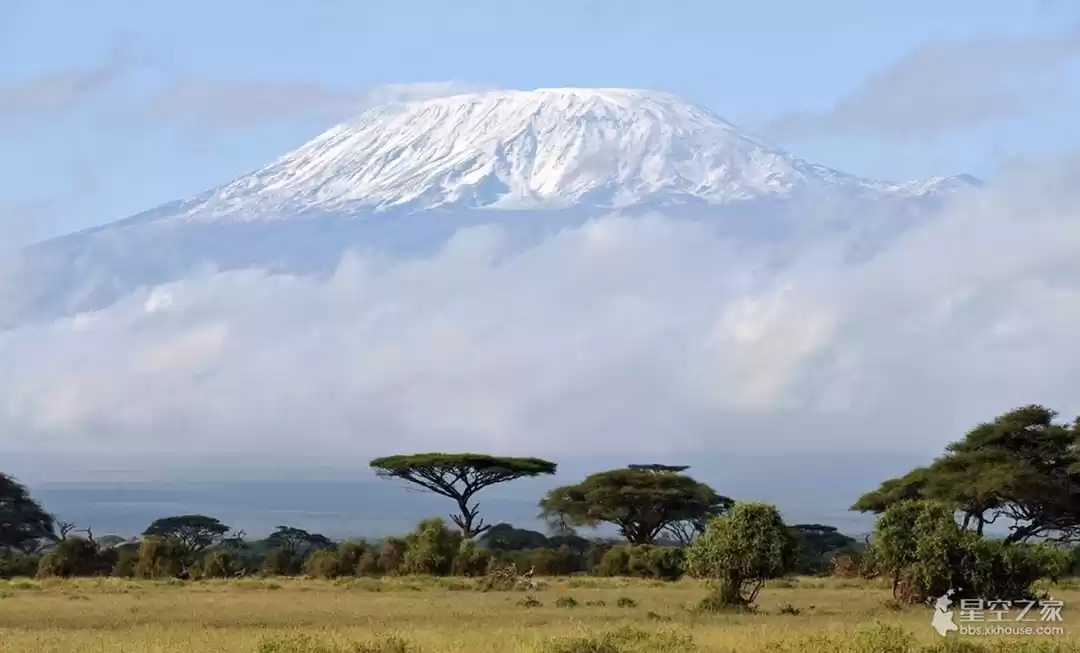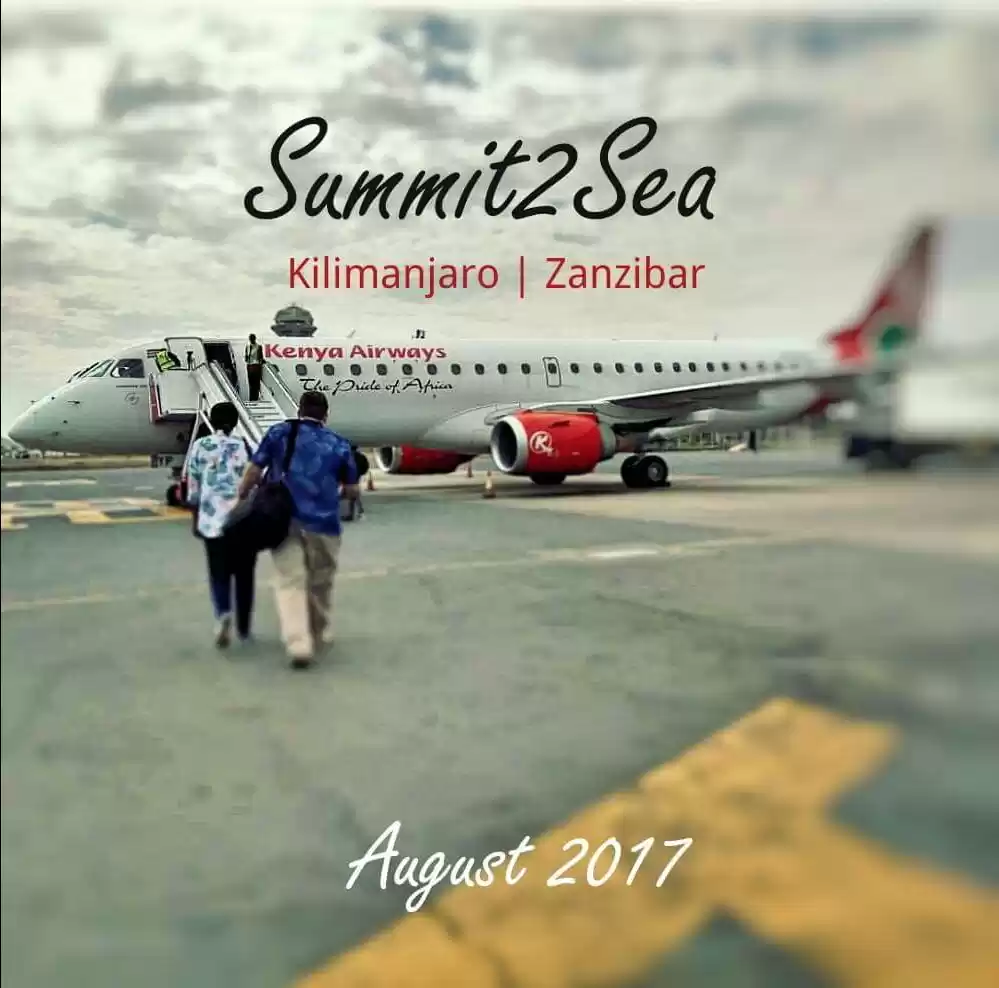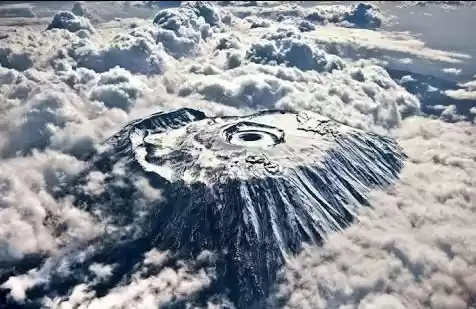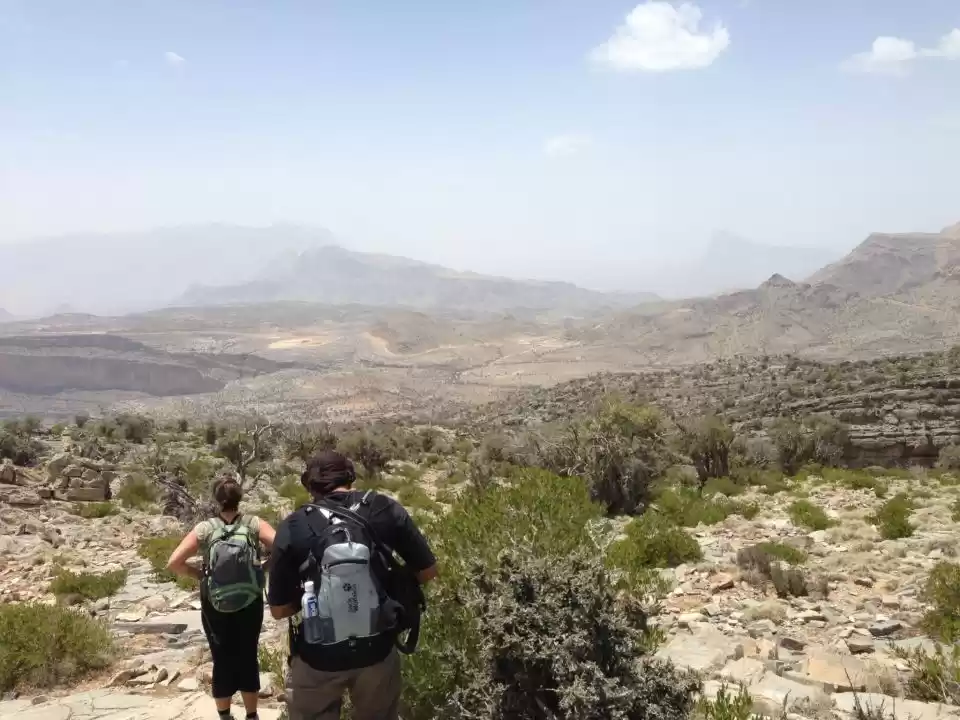
This post was long overdue; but between my best friend giving birth, us moving from Brussels to Barcelona, starting a new job and apartment hunting, I've finally squeezed in enough time to do this properly.
Full disclosure: I am not a mountain person. I mean, I love nature but I have never before climbed a mountain. Or slept in a tent, for that matter.
But in a classic case of "you never know it till you've tried it" we decided, well, to try it.
Some facts about your destination first:
Kilimanjaro - the roof of Africa
One of the famed seven summits, Kilimanjaro is the highest mountain in Africa, with its Uhuru peak towering at an impressive 5,895 meters.
Kilimanjaro is a dormant volcano, and it has some exquisite glaciers which will feast your eyes with some out-of-this-world landscapes.
There is no guarantee that you will make it to the top, regardless of how young or fit you are. You may run marathons and not reach Uhuru peak, because of altitude. Acclimatization is a very important step of the process, and my recommendation is to go for the longer treks, as it increases your odds. Just have fun with it.
Success rate figures as published by the Kilimanjaro National Park estimate your chances are as follows:
- All climbers, 6 day routes 44%
- All climbers, 7 days routes 64%
- All climbers, 8 day routes 85%
We did our fair share of browsing, reading plenty around things like, you know, how doable it is exactly for the likes of us.
So if you're an inexperienced hiker looking to conquer Kili - or an experienced one looking for a few more extra tips -I'll be sharing my very personal experience in a condensed form: an honest picture of what climbing Kili meant for me.
And I'll throw in a lot of tips almost no one gives you before the trek. Stay with me.
Let's take some basic questions out of the way, in case you've landed on my blog before doing any previous research.
In a nutshell
- When is the best time to climb Mt. Kilimanjaro?
January-February and July through October are the recommended months. We went in September, and the weather was simply perfect. Clear skies with a touch of clouds just enough to occasionally cool off from the sun, and a bit of fog just enough to keep things interesting. I would strongly discourage attempting the climb during the rainy season, and our guides agreed.
- How many days should I take to climb?
I recommend the Lemosho route, which takes 8 days to complete. Lemosho is apparently the most scenic as well, and with most chances of successful ascent.
- How much will I be hiking ?
If you go for the Lemosho route, you will be hiking for a bit over 100 km.
- How steep is it really?
Every day is different, but doable. You'll start the trek at Londorossi Gate which sits at 2100 meters, and you'll work your way up to 5895m, with a daily altitude gain of between 500 and 1000 meters a day. Take into account the fact that you will be hiking high and sleeping low, to help in the acclimatization process.
- What sort of training should I be doing?
Anything you can squeeze in will do, really. For me that meant hikes of 2h or longer, for at least 3 times a week, combined with stair climbing - sets of 500 steps.
Hikes were not game-changing in my training schedule because of the mostly flat terrain in Belgium, but I still think they're more effective than running. Basically, train-walk as much as you can.
Choosing the right company
For us, choosing the right company for the trek was relatively easy, with Kandoo Adventures scoring high in the fight against unfair treatment of porters.
Unfair treatment of porters is unfortunately not uncommon on Kilimanjaro, with companies trying to make most profit on every buck you pay - at the expense of the people doing the actual work.
What we liked about Kandoo among other things is that they are an active partner of the International Mountain Explorers Connection (IMEC), and they actually respect the regulations put in place relatively recently by the Kilimanjaro Porters Assistance Project (KPAP), regulations that control things like maximum carried weight, minimum wage, etc.
Yes, it means you pay slightly more than average but once you're on the climb and you see the porters and what they endure, I assure you'll completely agree with me when I say it's worth it.
And, after returning from a successful ascent (fingers crossed to you all) , you can boast all you want about having climbed Kilimanjaro.
I am not saying I don't have critiques to their regard, but I will explain that later on.
Packing the right things
There are plenty of tutorials telling you what and how best to pack your bag for the Kili climb. Kandoo has a very comprehensive Before you climb section on the website, with most of the important information curated for you.
Don't over pack! If you're like me and you've never been on a hike like this before, you will tend to over pack. Don't think that all those extra clothes you think you need won't be adding up to the total weight, because they will.
Do listen to those How to pack tutorials on tips and tricks. It helps to think about the people who actually have to carry your stuff up the mountain. You will not be needing half of the stuff anyway and really, is having matching colors all that worth it.
To give you an idea of just how many things you'll end up using, if I were to do it all over again, I'd only pack for the week long trek enough to fit in my carry-on, and max 9 kg. I am not going to go through an entire What to Pack list, have a look on Kandoo's website as their list is pretty comprehensive.
I do want to emphasize on a few things I consider important :
Do bring a 2nd pair of trekking shoes ; we ended up not using our second pairs, but it is one of the most important things you bring with you and, at the very least, they give you the extra peace of mind when you're wearing them on that plane and worrying less whether your bag will reach its destination
Do bring some serious wind-and waterproof gloves or mittens. Crucial for the last leg of your journey up, which will most probably happen in the dead of night.
Do bring a pack of cards or whatever is easy enough to carry; it'll do wonders to your after-dinner entertainment. Someone in our group actually brought a frisbee!
Portable chargers. Definitely good to pack, but don't overdo it.. We had 2 battery chargers each 6,000 mAh, for 2 smartphones. Even with all the pictures & my occasional Spotify, I think we used just 1/2 of one. In a week. Just set your phone on airplane mode.
Rent trekking poles. An absolute must in my opinion, they help on the way up, and much, much more on the way down.
Dust protection! Do pack the following in your nécessaire: wet wipes (a 50 pc medium pack should be enough), thermal water spray, eye drops, SPF 50 sun-cream, lip balm . It's the little things..
Mini first aid kit. Better have yours.
Now, you may be wondering what's with the thermal water spray and eye drops.. this topic deserves a category on its own.
Dust alert! There is a lot of dust on Kilimanjaro
I was absolutely baffled that this hadn't come up in virtually none of the online resources we consulted! My travel companions shared my frustration. No one speaks of the Kilimanjaro dust, but I am committed to breaking that silence!

#Dust will be ever present on Kilimanjaro.
Dust will follow you around wherever you go.
You're damned if it's windy, you're damned if it's not.
Don't be tricked by the lush green pictures, the dust will still be there.
With the exception of the first day, which wasn't all that bad in terms of dust, virtually every day I was lagging behind the group in order to avoid some of the constant trail of dust that we were all leaving behind.
And there are a lot of people climbing that mountain on any given day..
At the beginning it's not that bad, but once your eyes and nose clog with dust and start to get irritated, you'll wish you had something to help through the ordeal.
A Buff mask will definitely be useful. However, don't put all your hopes in one basket, the buff can only do so much, as managing to keep your mouth and nose covered is not exactly easy in a sustained climb, at over 3000 m altitude.
Wet wipes, water spray & eye drops: I got 2 small LaRochePosay Thermal Spring water spray bottles on a whim , but it most definitely paid off! Any brand works, really. When you're hiking for up to 10 hours straight and with all the dirt and sweat, the wet wipes and water spray were really a godsend.
I also ended up using some eye drops, a gift from one of our hiking team members - smart guy!
Add them all to your list: they weigh close to nothing and will be your best friends.
Other ramblings
There are some animals on the mountain, nothing to worry about, monkeys and birds, and they mostly keep to themselves.
I say mostly, because one particular white-necked raven decided it likes chocolate enough to approach our group - and steal one! I wonder how it managed to unwrap that Snickers bar..
There is no/very little reception on the mountain.
You will be completely and utterly disconnected to the world as you know it. Take your time to enjoy this week of disconnect to its fullest.. there are not too many of those in our lifestyles!
Medicine: this is a personal choice, but do discuss your options thoroughly with your doctor.
We had a few people in our group that decided not to take Diamox - the medicine recommended to prevent high altitude sickness. However, some of them later agreed that it would have made their trek easier overall. Entirely up to you.
Do pack some sweet treats.
Consider replacing the unnecessary weight (max. of 15 kg or 33 lbs) you saved ( when you packed properly) with some sweet treats for your companions, guides and porters. The food with Kandoo is more than plentiful, but you can always make someone's day better by giving them sweets. We decided on some Belgian mini waffles and bite size chocolates - they pack quite a bit of calories, don't take up a lot of space, and the porters loved them!
Consider donating your sleeping bag, shoes or whatever piece of equipment you think may be useful for the porters.
You can give it to the porter, or if you're not sure just talk to your guides. They're part of the Porter's Association and will make sure your stuff will get to the people who need it most.
Some critiques - Safety on Kilimanjaro
The following comments are not necessarily a critique for Kandoo, I think the definition of safety is more of an endemic issue on the mountain, so it doesn't reflect on their otherwise excellent service.
First aid kit. They all say they have one, but they also encourage you to bring your own medicine etc. We did, and you should too. Bring your own: anti inflammatory gel for your joints, pills for diarrhea, pills for headaches, patches, etc.
Safety seems a bit relative on the mountain. While I do understand that the guides in charge of the groups are experienced climbers and they have a sixth sense for all things Kili, they are not doctors.
You may want to encourage individuals to push beyond their limits because that's how you succeed in the climb, and because pushing your limits is for most part a positive thing.
You may also decide, as a guide, to downgrade somewhat the difficulty of certain tasks, for the good of the group. Because when one person in the group starts to complain it's too hard, their attitude can become contagious. People need to be taken out of their comfort zone.
And all guides are mindful to the people in the group, with the expression Pole Pole a classic jargon in the Kili climb.
However, guides do have to consider individual situations and make sure that, when someone complains, it's not for serious reasons. If it seems like a health issue, it is not to be treated as a lack of ambition or something that can be pushed.
If you really do feel unwell, insist that they talk you through it; if you're still not happy with the conclusion, have them get a doctor on the line for you.
To finish on a good note though: stay positive and try your best.
If I managed to make it to the top, you will too.
This post was originally published on Upside Down Travels.

